Have you ever been left with that sinking feeling after unwittingly deleting a photo that you wished was still around? Most people experienced it at some point. But do you always know what happens to those photos once they’ve been permanently deleted? Understanding where permanently deleted photos end up can be key for anyone looking to make sure their digital memories stay intact. This blog post will dive into the question of where exactly those photos go when they’re gone for good.
How do photos get permanently deleted?
Permanently deleting photos from your device can be done in a few different ways. First, you can delete the photo directly from your device by tapping and holding it until a menu pops up and then selecting “delete”.
If the photo is stored on an external drive or cloud storage service, such as iCloud or Google Photos, you will need to follow their specific instructions for permanently deleting photos. Typically this involves logging into your account online and locating the photo(s) in question before deleting them there.
Finally, if you are unsure of how to delete photos properly from any source it is always best practice to contact a professional data removal service. They can make sure that all traces of the photo have been totally and securely erased so that it cannot be accessed in the future.

Where do the permanently deleted photos go?
When a photo has been permanently deleted, it is no longer accessible through any of the traditional means. The photo is removed from the user’s device and all copies stored in the cloud or other online services are also wiped out. It is important to note that this does not necessarily mean that the file has been destroyed forever; rather, it just means that it can no longer be accessed by anyone with regular methods.
In some cases, depending on how secure the storage system was for the image in question, there may still be copies floating around in cyberspace somewhere. If someone had access to those backups, they could potentially recover deleted photos; however, most users cannot do so without specialized software or technical knowledge. Even then, the chances of recovering a permanently deleted photo are slim.
That way, no matter what happens to the originals, you will still have access to them at any time. Additionally, it is always recommended that users regularly check their storage and delete unnecessary photos regularly in order to keep their devices from becoming overloaded with data. This can help prevent accidental deletions and ensure that all images remain secure and accessible when needed [1].
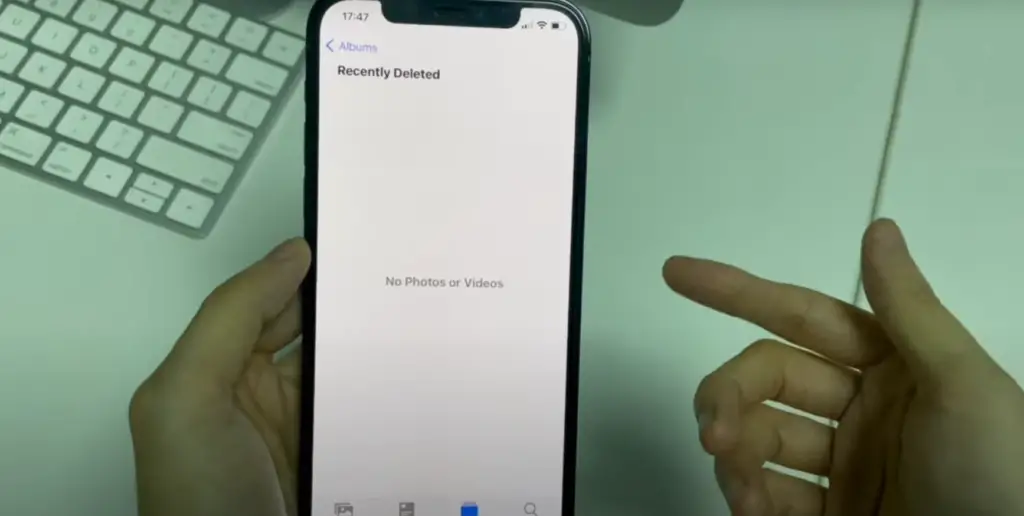
How to find the permanently deleted pictures?
Unfortunately, once a picture has been permanently deleted from your device, it is not usually possible to recover it. However, there are some measures you can take to try and retrieve the photos:
- Search your computer’s “Recycle Bin” or “Trash” folder in case the pictures were accidentally deleted but still saved on the computer.
- Check any external storage devices such as USB drives, digital cameras, or memory cards for the missing photos.
- Use file recovery software if you have previously backed up the photos onto your hard drive. This may allow you to recover lost files that have been overwritten or damaged due to the reformatting of the disk drive.
- Contact a data recovery specialist. If all else fails, you may need to enlist the help of a professional data recovery service to restore the lost pictures. This can be time-consuming and pricey so should only be done as a last resort.
How to recover all your permanently deleted photos on a PC?
With Data Recovery – recover deleted photos and videos on PC, Mac, and removable storage drives
For most users of Windows, the thought of permanent data loss can be quite alarming. Whether it’s due to accidental deletion or some type of system corruption, losing precious photos and videos from your PC is not something you want to experience. But fortunately, there are ways to recover permanently deleted photos on a PC with the help of robust data recovery software.
Data Recovery software enables users to scan their computer for lost files, allowing them to recover all types of media including photos and videos that have been permanently removed from their hard drive. The process involves two distinct steps: Deep Scanning and File Previewing. Deep Scanning helps identify files that have been lost or deleted from your system while File Previewing enables you to view all the recovered files before deciding to save them. Once the recovery process is complete, users can then select and recover their permanently deleted photos and videos from their PC or external storage drive.
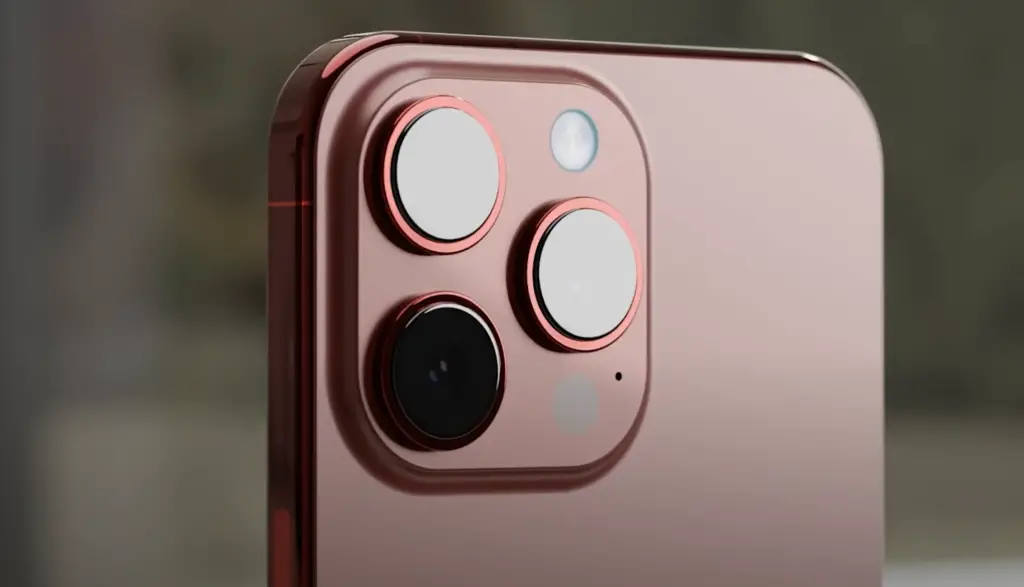
The software also offers several useful features such as selective file scanning, sector-level scanning, support for various image formats, and more. Data Recovery is also compatible with Windows 10, 8/7, Vista & XP as well as Mac OS X versions including El Capitan, Yosemite, Mavericks, Mountain Lion & Lion.
2. Use File History – recover deleted photos from backups
Another way to recover your permanently deleted photos on a PC is to use the File History feature. This feature allows you to restore past versions of files that have been backed up in the Windows system. You can access this feature by going to Control Panel > System and Security > File History. When you open the File History window, you’ll be able to see all the folders that are currently being backed up as well as any previously saved versions of those files. You can then select which files or folders you want to restore and click on “Restore”. Once the restoration process is complete, you will have recovered your permanently deleted photos from backups stored in the Windows system.
3. Use Photo Recovery Apps – to recover deleted photos on a PC
The last option available to you is to use a third-party photo recovery app. Several apps can be used to recover permanently deleted photos from a PC, such as PhotoRec, Recuva, and Undelete Plus. These apps work by scanning your hard drive for any lost or deleted files and then allowing you to preview them before deciding whether to restore them. The process is quite simple, making it an easy way of recovering your permanently deleted photos without having access to backups or data recovery software. With the help of these different methods, you can easily recover all your permanently deleted photos on a PC so that no memory or moment is ever forgotten!
Use Previous Versions – restore the picture folder to the previous version
If you are using Windows 10, there is an additional way to recover your permanently deleted photos on a PC. You can restore the picture folder to its previous version using the Previous Versions feature. This feature allows users to restore folders or files from any point in time when backups were created on the computer. To access this feature, right-click on the Pictures folder and select Properties. Now, click on the tab labeled “Previous Versions” and select the version of the Pictures folder you wish to restore. Once selected, click “Restore” and all your photos should be recovered! With these various methods available, recovering permanently deleted photos on a PC no longer has to be a cause for concern [2].

Where to discover the permanently deleted pictures on Mac?
Recover deleted photos in Time Machine
If you have a Time Machine backup of your Mac, then it will be very easy to restore the images that were permanently deleted. Here’s what you need to do:
- Launch Time Machine on your Mac.
- Select Enter Time Machine from the menu bar and enter your password if prompted.
- Navigate back in time until you locate the folder where the pictures were stored before they got permanently deleted.
- Select the photos you want to recover and click the Restore button at the bottom right corner of your screen to restore them to their original location on your Mac.
Recover deleted photos via third-party software
In case you have no backup or it is outdated, then you can use third-party data recovery software to recover your permanently deleted pictures on Mac. Here’s what you need to do:
- Download and install reliable data recovery software, such as Disk Drill.
- Launch the software and select a location where the photos were stored before they got permanently deleted.
- Click the Search for lost data button and wait until scanning is completed.
- Select the files you want to restore and click the Recover option at the bottom right corner of your screen to save them back in their original location on your Mac or any other destination of your choice.

Retrieve deleted images on Mac with Data Recovery
Another way to recover permanently deleted photos on Mac is by using a data recovery service. A professional data recovery service can help you retrieve your lost files from different types of storage media, such as hard drives, external drives, memory cards, USB flash drives, and more. To get started with this option, here’s what you need to do:
- Contact a reliable data recovery service and provide them with the details of your situation.
- Send them your damaged storage media or bring it to their facility for assessment.
- Wait until they assess the damage and determine if the photos are recoverable or not.
- If the pictures are recoverable, then they will proceed to perform a deep level scan to retrieve the lost files and send them back to you.
With the help of these different methods, you can now recover permanently deleted pictures on Mac without any hassle. So, go ahead and try out any of the solutions mentioned above to get your precious memories back!
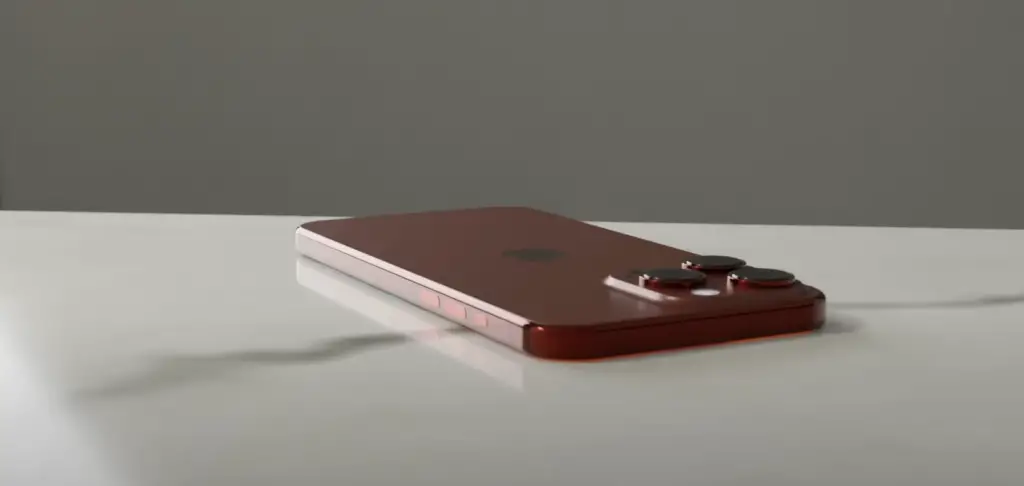
How to recover permanently deleted photos on iPhone or iPad without backup?
Unfortunately, without a backup, it is not possible to recover permanently deleted photos on an iPhone or iPad. However, you may be able to use third-party data recovery software designed specifically for iOS devices to attempt to recover your images. Make sure that you only use reliable and secure solutions from verified sources. Some steps you can take are:
- Run the recovery software on your device and follow its instructions.
- Connect an external storage device (such as a USB drive) if prompted by the software. This will help ensure that any recovered files are safely stored in a secure location away from the iPhone or iPad itself.
- Preview files before attempting recovery; this allows you to view which photos can be retrieved and which ones cannot.
- Follow the software’s instructions to begin recovery.
- Create a safe backup of any recovered files on an external storage device or in the cloud, such as iCloud or Dropbox. This will help ensure that your images are protected against loss or accidental deletion in the future [3].
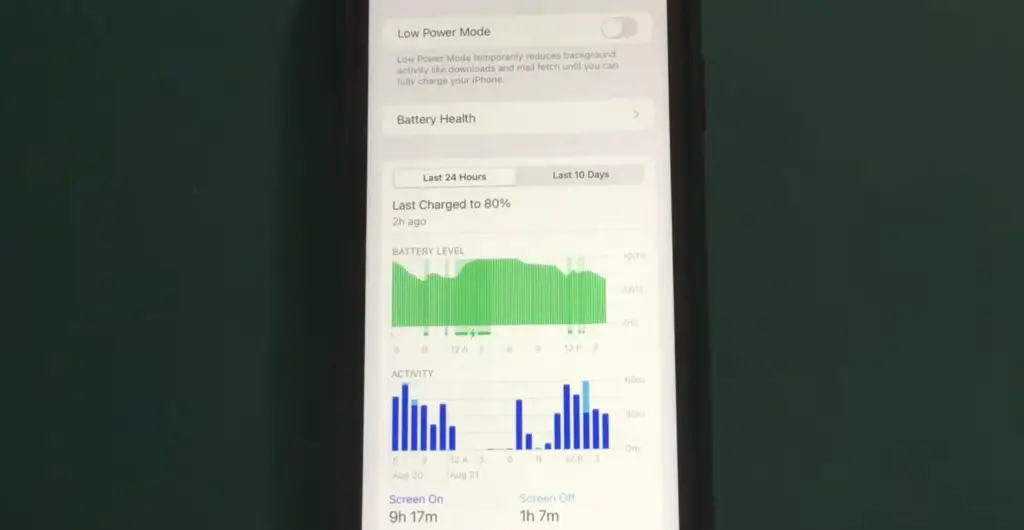
How to keep permanently deleted photos safe?
Even after permanently deleting photos from a device, there are still ways to ensure that they remain safe and secure. Here are some tips for keeping the deleted photos safe and sound:
- Use reliable file hosting services: There are many reliable cloud storage services like Google Photos, Flickr, iCloud, Dropbox, etc., where you can securely store your deleted photos. Not only do these services back up your data in case of any emergencies but also allow you to access them from multiple devices at any time.
- Utilize a virtual private network (VPN): A VPN is an encrypted connection that allows users to securely access their internet activities over the web while avoiding unwanted snooping or tracking by third parties. This will help to keep your deleted photos safe from any malicious activities or intruders.
- Use secure file management software: There are many software solutions available that provide users with the ability to securely store and manage their digital files. These programs come with a variety of security features like encryption, access control, password protection, etc., ensuring that only authorized personnel have access to certain files.
- Regularly back up your data: You should always make sure to regularly back up all your important data like photos, videos, and documents in case anything happens to them while they’re stored on the device. This way you can be sure that you won’t lose any of the photos even if something were to happen to the device.
- Utilize anti-virus software: Installing and regularly updating an antivirus program on your device is always a good idea to protect yourself from any malicious actors who may try to access your data without permission. This will help to keep deleted photos safe and secure from any unauthorized attempts of accessing them.
Following these tips can ensure that even after permanently deleting photos, they remain safe and sound in the digital world. It’s important to remember that even though digital data is easy to store and delete, it’s not so easy to completely erase it from the online sphere, so it’s always best to be proactive about protecting your data.
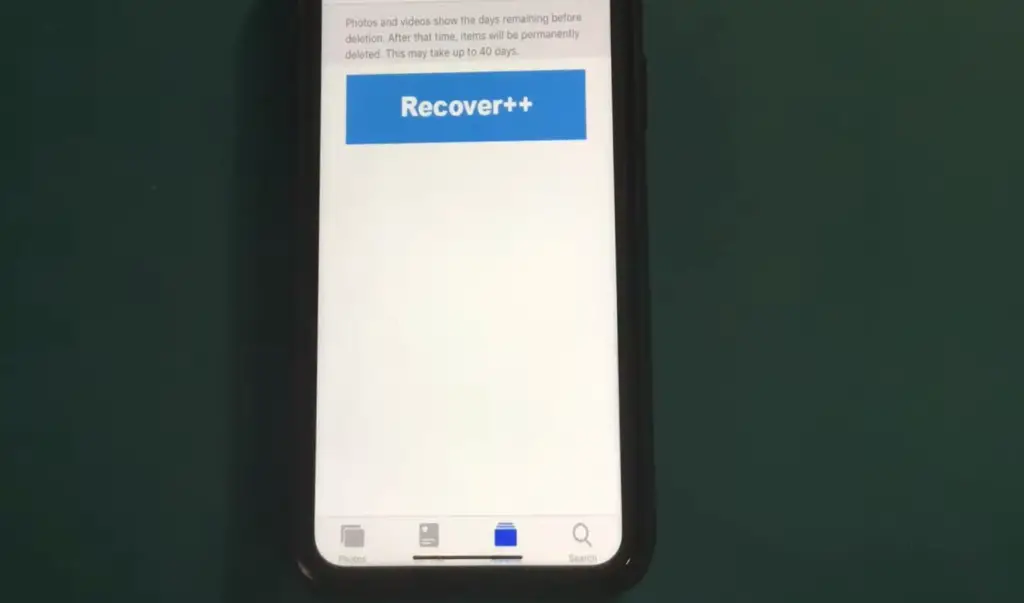
FAQ
Are permanently deleted photos really gone?
Yes, when you delete a photo from your device, it is permanently erased and gone. However, be aware that deleted images can still sometimes be recovered from memory cards or other storage devices. It’s best to securely wipe the files from your device before disposing of them to make sure there are no lingering data traces.
Can I recover deleted photos?
It depends on how the file was stored and where it was saved on your device. If the image was stored on an external storage device such as a memory card, USB drive or hard disk, then there is a chance that you can recover the image with specialized software. On the other hand, if the photo was stored on your device’s internal storage and has been deleted, it may not be recoverable. In this case, your best bet is to contact a data recovery specialist who may be able to help you retrieve the file.
How do I prevent my photos from being deleted?
The best way to ensure that your photos don’t get accidentally deleted is to regularly back up your images using cloud storage services such as iCloud or Google Photos. This will create an extra layer of protection so that if something happens to your primary device, you still have access to all of your memories in the cloud. Additionally, make sure to regularly check for software updates which may include important security patches and bug fixes. This will help you protect your data and prevent any unexpected deletions from happening in the future.
Do delete photos take up storage space?
No, once a photo is deleted it does not take up any additional storage space on your device or external drive. However, it is important to note that if you are backing up your images to cloud services such as iCloud or Dropbox, those backups may still be taking up space even after they’ve been deleted from your primary device. Be sure to regularly review the amount of storage you are using with each service so that you don’t exceed the limits of your subscription plan.
How do I delete photos from my device?
The process for deleting photos will vary depending on the type of device you are using. Generally speaking, you should be able to select the photo(s) you want to delete and then tap the “trash” or “delete” button to get rid of them. If you are using a computer, you can usually right-click on the image and select “delete” from the drop-down menu. It is important to note that some devices may have other ways of managing media files such as dragging and dropping images into specific folders or moving them to an external storage drive.
Can police recover permanently deleted photos?
In some cases, yes. Police can recover deleted images from digital devices using specialized software and forensic techniques. However, it should be noted that this process can be time-consuming and expensive, so it is important to ensure that any photos or videos stored on your device are securely wiped before disposing of them. Additionally, keep in mind that if you have backed up the files to cloud services, they may still exist even after being deleted from your primary device.
Where do permanently deleted photos go on the iPhone?
When a photo is deleted from an iPhone, it is stored in the “Recently Deleted” folder in the Photos app. This folder can be accessed by tapping on the “Albums” tab at the bottom of the screen and then scrolling down to “Recently Deleted”. From here, you can delete photos permanently or restore them to your main library if needed. It is important to note that any photos stored in this folder will automatically be deleted after 30 days unless they are manually restored before then. Additionally, keep in mind that once a photo has been deleted from an iPhone, it cannot be recovered unless it was backed up to an external storage device or cloud service before deletion.
Which data cannot be recovered?
In most cases, once a file has been deleted from your device’s internal storage, it cannot be recovered. This is because the data has been permanently overwritten and the original version of the file no longer exists. Additionally, files that have been encrypted or securely wiped may also not be recoverable. Finally, some types of data such as emails or texts may not be able to be recovered even if they are still stored on the device due to privacy laws. In these cases, it is best to contact a professional who specializes in data recovery for assistance.
How do I make deleted files unrecoverable?
The best way to make deleted files unrecoverable is to securely wipe or overwrite the data. This can be done manually with a software program such as CCleaner, or automatically by enabling the built-in secure delete feature on your device. Additionally, if you are disposing of an older device, it is important to reset it before doing so to erase all existing data from its memory.
Following these steps will help ensure that any sensitive information stored on your devices remains secure even after deletion.
How do I make sure that my deleted data is really gone?
The best way to ensure that deleted data is permanently removed from your device is to securely wipe it. This can be done manually with a program such as CCleaner, or automatically by enabling the built-in secure delete feature on your device. Additionally, if you are disposing of an older device, it is important to reset it before doing so to erase all existing data from its memory. Finally, if you are backing up your data to cloud services or external storage drives, make sure that those backups are regularly updated and securely wiped when no longer needed. Following these steps will help ensure that any sensitive information stored on your devices remains securely wiped even after deletion.
What is the best way to securely delete data from an old device?
The best way to securely delete data from an old device is to reset it. This will remove any existing data stored on the and make it unrecoverable if the device is sent in for recycling or sold. Additionally, you should ensure that any cloud backups of your data are kept up-to-date and securely wiped when no longer needed. Finally, be sure to physically destroy any external storage drives or digital media such as CDs and DVDs before disposing of them. Following these steps will help ensure that all of your sensitive information remains secure even after deleting it from your devices.
Why do I need to securely delete data?
Securely deleting data is important for protecting your privacy and security. When you delete files from your device, they are not immediately removed from the drive but instead marked as “free space”. This allows them to be recovered using specialized software or hardware tools if someone gains access to your device. Additionally, some types of data such as emails or texts may be subject to privacy laws which require them to be securely wiped before disposal to protect any personal information they may contain. By securely deleting all of your data, you can rest assured that it will remain secure even after deletion.
Why do you need to physically destroy external storage drives before disposal?
Physically destroying external storage drives before disposing of them is important for protecting your data from malicious actors. Even after securely wiping the drive, some residual data may remain that can be recovered using specialized software or hardware tools. By physically destroying the drive, you can ensure that any sensitive information stored on it remains secure even after its disposal. Additionally, this will help protect against unauthorized access to the drive if someone were to try and gain access to it to recover any existing data. It is also worth noting that when disposing of older devices such as computers and phones, it is best practice to reset them before doing so to erase all existing data from their memory.
How to choose the right data secure delete software?
When choosing a data secure delete program, it is important to select one that is reliable and offers a range of features suitable for your needs. Look for programs with advanced algorithms such as those certified by the US Department of Defense (DoD) or National Security Agency (NSA). Additionally, check that the program supports different types of drives including both internal and external storage devices. Finally, make sure that the software allows for automated wiping so you don’t have to manually wipe each drive before disposing of them. Following these steps will help ensure that you choose a secure delete program that meets your data security needs.
How to maintain good data security practices?
Maintaining good data security practices is essential for protecting your sensitive information. First, create strong passwords and never share them with anyone. Additionally, regularly update the software on all of your devices to ensure they are secure from any new vulnerabilities. Furthermore, back up your data to cloud services or external storage drives and make sure those backups are regularly updated and securely wiped when no longer needed. Finally, be sure to physically destroy any external storage drives or digital media such as CDs and DVDs before disposing of them. Following these steps will help ensure that your data remains secure even after deletion.
Useful Video: Where do permanently deleted photos go?
Conclusion
Permanently deleted photos can be challenging to recover. However, with the right techniques and methods mentioned in this article, you can restore deleted photos from your computer or mobile device. With a bit of patience and the right software, you can have those lost memories back in no time. So don’t despair! Your treasured memories may still be out there waiting to be recovered. Permanently deleted photos can go to the recycle bin, a cloud service, or your device’s internal storage. If you take the steps outlined in this article, you can easily recover deleted photos that were thought lost forever.
References
- https://www.easeus.com/file-recovery/where-do-pictures-go-after-deleted.html
- https://recoverit.wondershare.com/photo-recovery/recover-permanently-deleted-pictures.html
- https://www.imyfone.com/ios-data-recovery/recover-deleted-photos-from-iphone-without-backup/





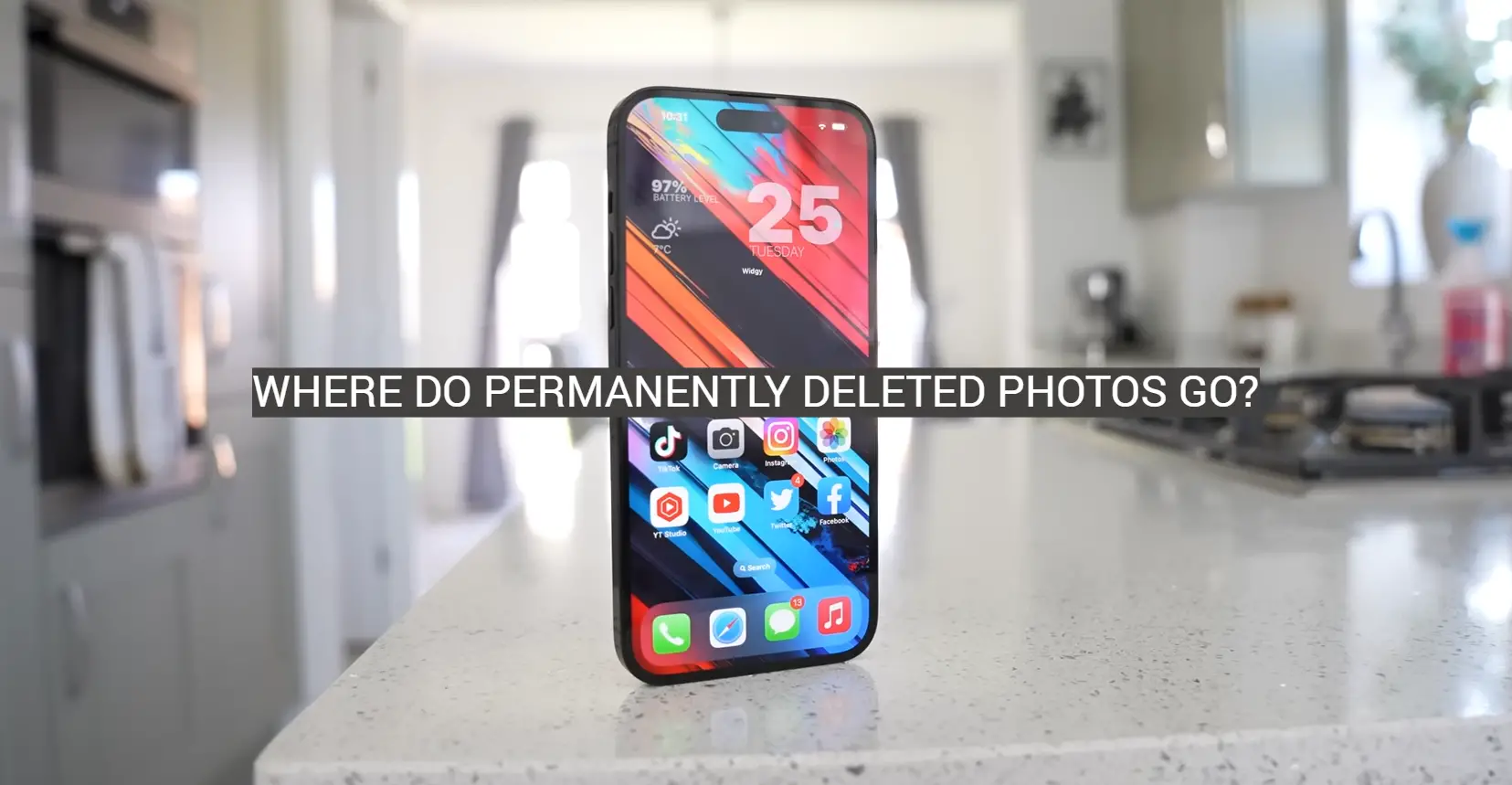


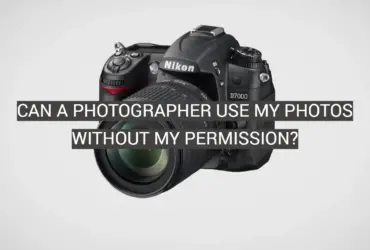



Leave a Reply